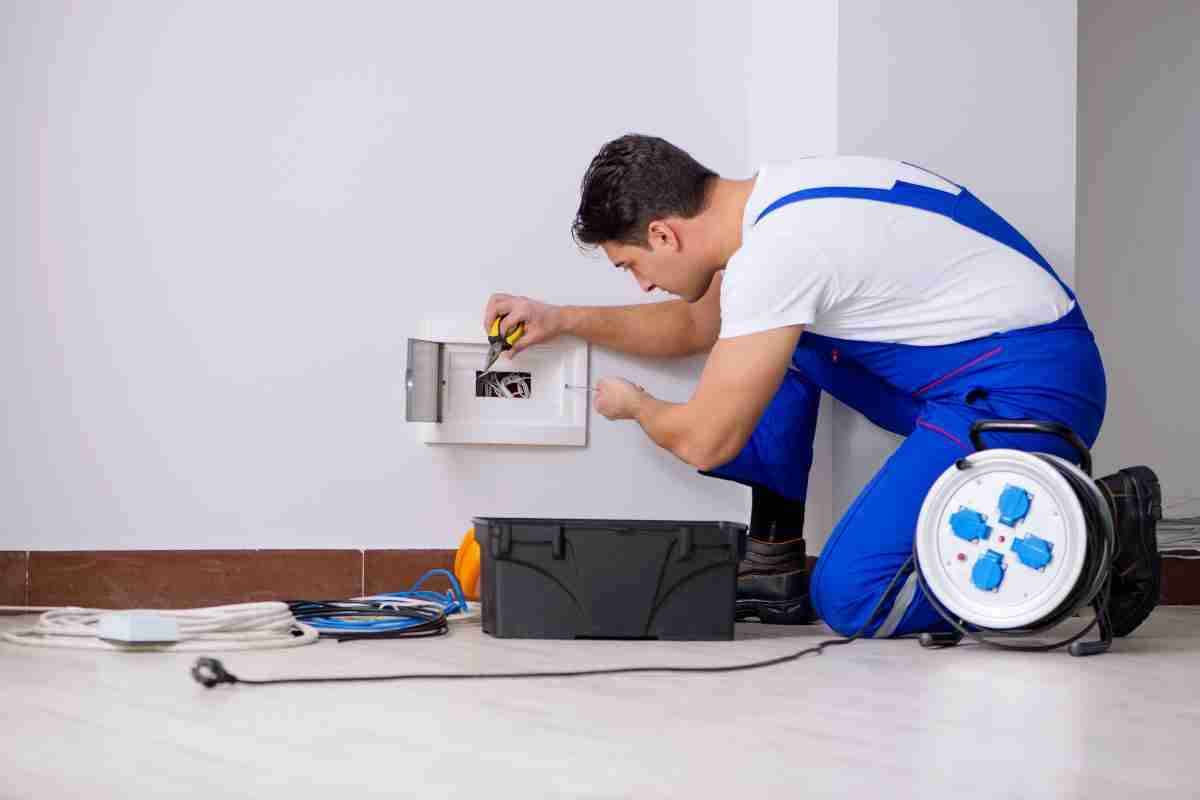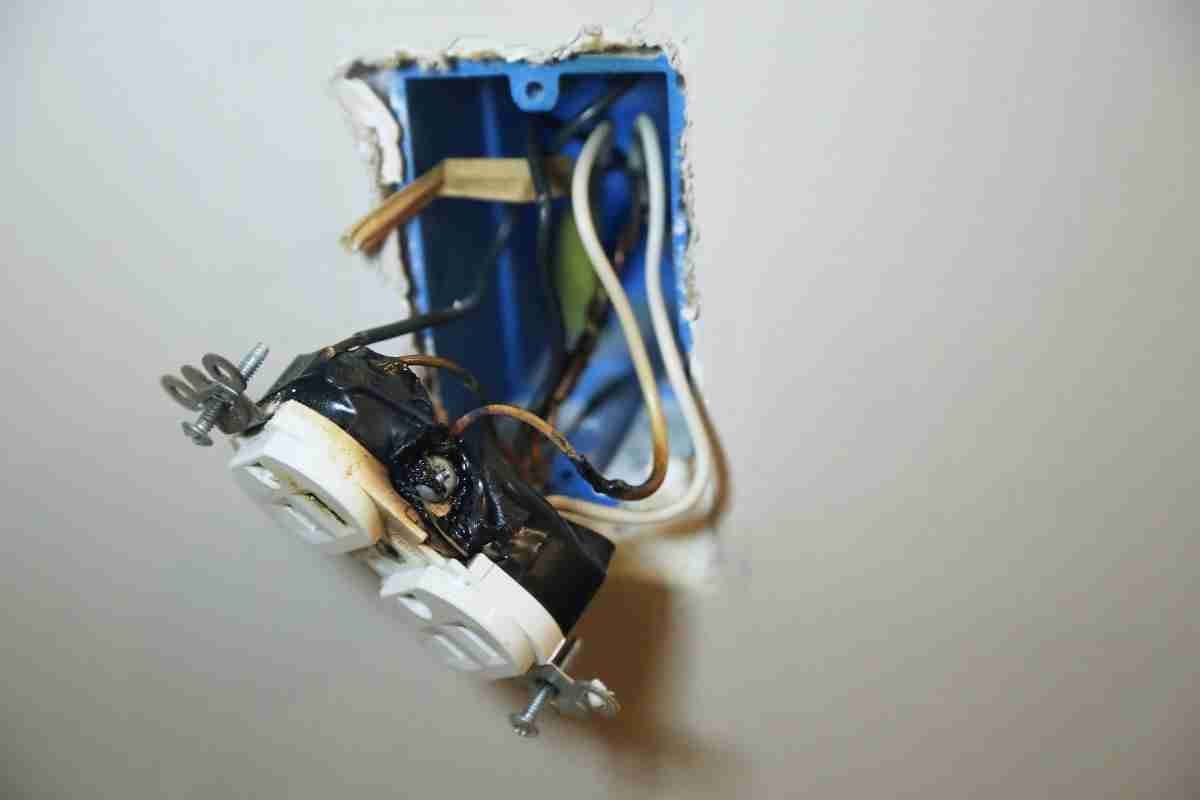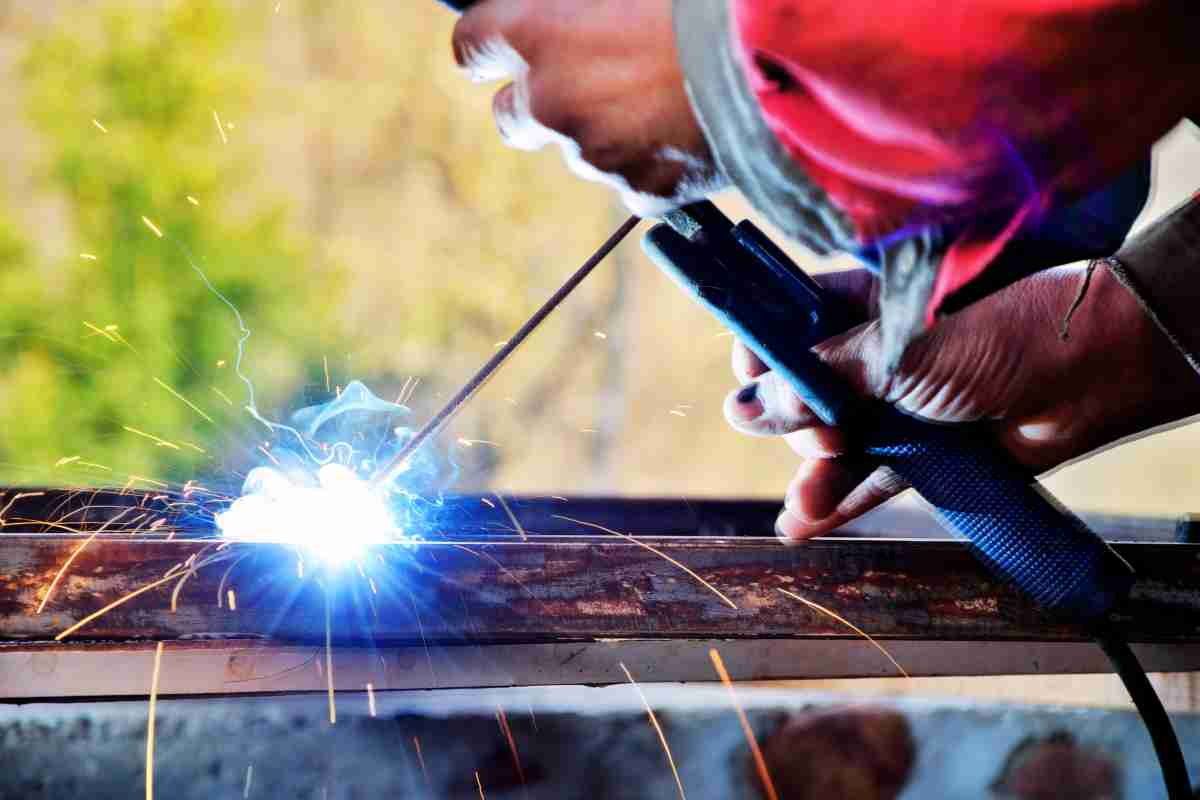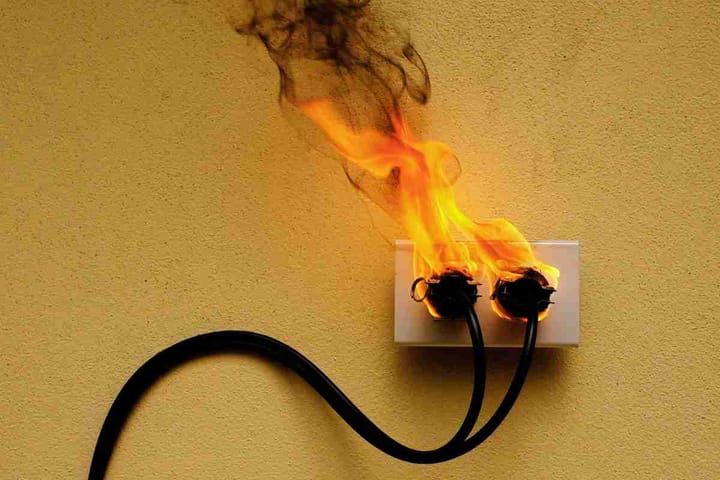Powering Your Home: A Helpful Guide to Electrical Service and Repairs
Electricity powers modern comforts, from lighting to devices. Skilled care of home wiring ensures safety, reliability, and daily convenience.

Electricity powers all the conveniences, making modern life comfortable and efficient - from lighting and climate control to appliances, devices, and home technologies. This behind-the-scenes energy highway relies on a complex infrastructure network wiring homes requiring skilled care protecting family safety and reliable function during daily use.
Understanding Your Home’s Electrical System
Home electricity starts from municipal electrical grids transmitting power to properties. Main components include:
Service Panel – The central control box, also called the breaker box or circuit panel, distributes current through home circuits while allowing manual electrical cutoff in emergencies.
Circuits – Separate wired tracks each powering isolated sections of homes on independent 20 amp currents from service panels through switches, outlets, and appliances.
Outlets and Switches – Wall interfaces allow user control over electricity access for powering, operating, or disconnecting lights and plugin devices by completing or interrupting circuits.
Wiring – Miles of low voltage copper cables ubiquitous across infrastructure permanently conducting electricity to all outlets and fixtures through home walls, floors, and ceilings.
Grounding – Additional cabling and conduits create neutral conductivity pathways channeling abnormal stray current safely into the earth preventing equipment damage or fire rather than endangering resident contact.
Common Electrical Problems
Warning signs like flickering lights, dead outlets, or odd smells indicate repairs may help avoid total failures. Issues range from nuisances to serious safety threats. Watch for:
Tripping Breakers – Electrical overload triggers built-in circuit breaker switches cutting abnormal flow and preventing wire melting. Identify causes like old appliances, damaged wires, or too many high-draw devices on shared circuits. Upgrades may help increase power budgets expanding circuit capacity through adding circuits.
Flickering Lights – In addition to ghosts, frequent dim pulsing or power loss signal loose bulb connections and aged fixture parts needing tightened replacements. Major flickering hints at large voltage fluctuations requiring electrician assessments for origin sources.
Dead Outlets/Switches – With flipped breakers ruled out, power loss traces to disconnected wires inside walls detached by pests, aging wire corrosion, or nearby construction vibration. Overloaded wires can also melt isolation points needing repair.
Burning Smells – Frequently the first and only warning preceding catastrophic electrical failures from leakage currents or hot arcs. Immediately disable power and call professionals to identify underlying fire risks for emergency repairs before disaster strikes. Prevention protects lives.

When to Call a Professional Electrician
While basic light replacements and uncomplicated circuit tweaks suit householders, a certified residential electrical service handles complex and hazardous scenarios:
Major Upgrades – Service panel enlargements, whole home rewiring, and backup generator installations require permits, materials expertise, and electrical engineering to avoid liability should missteps happen.
Unsafe Conditions – Strange smells, sparks, flickering entire rooms, or repeated popped breakers likely signal dangerous deficiencies demanding urgent professional diagnosis rather than homemade sprinklers as last resort solutions.
Meeting Building Codes – Certified electricians ensure necessary capacities, physical separates, conductor protections, and restriction compliance during remodels avoiding time, safety delays, and rework from inevitable city inspector rejection on DIY electrical attempts.
Peace of Mind – Particularly for properties with children, elderly, or medical devices relying on continuously available power, electrical professionals deliver reliability homeowners lack through long-term warranty protections on workmanship, 24/7 on-call emergency service, and coordinated repairs to minimize disruption.
Electrical Safety Tips
Exercising simple precautions augments electrical infrastructure protections keeping residents safe:
Use GFCIs – outlets with built-in miniature safety circuit breakers cutting power fractions of seconds after detecting abnormal current flows to prevent human electric shock accidents. Test monthly.
Install AFCIs – specialty breakers monitoring unique electric arcing signatures on wires flag fraying before fires ignite. Recommended in new construction.
Childproof Outlets – Plastic safety caps stop curious young finger probing and foreign object insertion into receptacles to prevent electrocution tragedies.
Avoid Overloads – Plugging too many appliance loads on outlets risks overheating wires inside walls creating fire hazards. Use wisely positioned power strips until circuit upgrades establish needed capacity margins.
Keep Cords Safe from Water – Never embed cords inside walls or run underneath carpets risking unseen damage from nails or water contact electrifying humans. Visually inspect often. Replace frayed.
Disconnect Appliance When Not in Use – Electronics left plugged in continue drawing current despite being off risking dust and spill infiltration creating unseen shorts.
Upgrade Aging Electrical – Improperly retrofitting past DIY projects and obsolete appliances using outdated safety standards amplify modern electric risks until replacements upgrade to current code compliances.
Home Electrical Upgrades
Modernizing home electric capabilities keeps families competitively powered up through:
Service Panel Upgrades – Larger capacity boxes safely supporting 200 amp service enable simultaneously running multiple high consumption appliances without tripping and electrical expansion for the next decade inside home use an electric vehicle charging needs.
Circuit Additions – Running new higher gauge reheating resistant wire lines creates new dedicated channels for adding outlets in renovated spaces, workshops, media rooms, and outdoor living applications without compromising existing electrical delivery.
Home Automation – Next-generation wireless and smart home technologies integrate appliance and environmental controls, energy use optimization, health monitoring systems, and entertainment networks into unified centralized supervision improving safety, accessibility, and efficiency through mobile interfaces.
Universal USB Outlets – Convenient built-in USB ports near common seating areas maintain device power for residents navigating increasingly wireless worlds while reducing power brick clutter.
Whole House Surge Protection – With lives growing evermore electrically dependent by the day, robust surge shields added at service panels defend vulnerable items like medical equipment and electronics from electrical spikes while filtering electromagnetic noise interference.
Improving Electrical Efficiency
Wiser household usage drops electric costs while benefiting the planet long term through:
LED Lighting – Multiplying illumination levels over a fraction of wasted heat and energy of old bulbs slashes lighting electric costs by over 80% while lasting years without replacement.
Smart Power Strips - Reducing standby vampire loads from device chargers, game consoles, and appliances saves up to 10% off usage shrinking carbon footprints using advanced algorithms to cut load only when truly idle.
Insulation/Sealing – Preventing hot/cold air leaks to outdoors through improved weather stripping windows, sealing household cracks, and upgrading attic insulation maintains stable indoor temperatures using less heating/cooling energy through efficient HVAC unit sizing/run times.
Appliance Upgrades – Swapping aging refrigerators, washers, and water heaters to modern high-efficiency ENERGY STAR models lowers home electric and water usage reducing environmental impacts through advanced technology integration and reusable water.
Conclusion
Home electrical systems power modern living necessitating attentive maintenance and ensuring sustained, safe performance through ever-increasing electric dependence. Homeowners focus their best efforts on prevention awareness and partnering with qualified electricians to promptly restore unavoidable failures and deficiencies to preserve household electrical infrastructure integrity protecting families across generations relying on robust systems gracefully adapting to new demands. Power your comfort with lasting peace of mind.




Comments ()